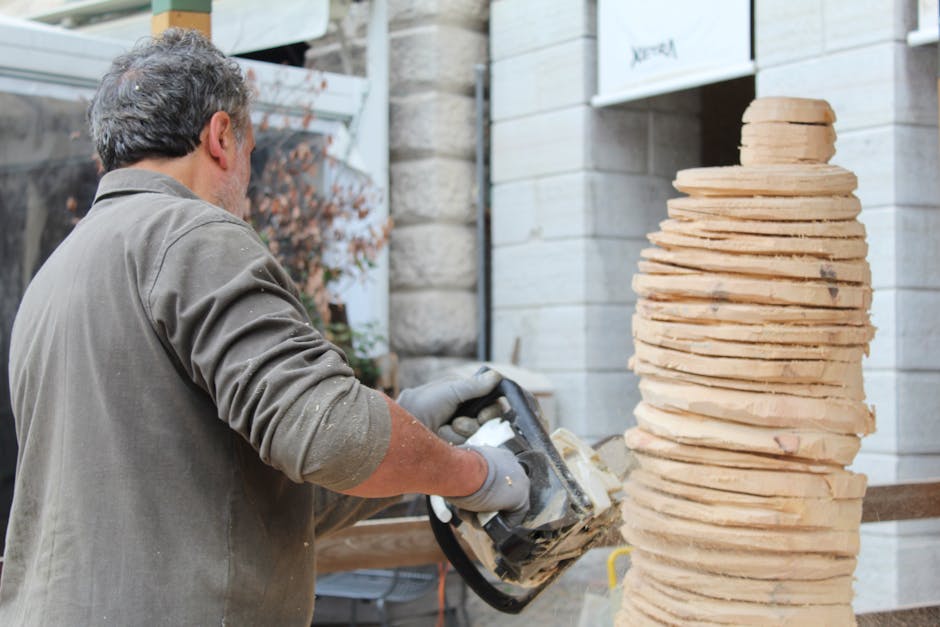Alaskan chainsaw milling is a rewarding process that allows enthusiasts to turn trees into usable slabs or boards. Whether the goal is to salvage fallen trees from residential areas or to produce lumber from logs that would otherwise be wasted, the right equipment and techniques are essential for efficient and safe milling. Below, we break down the key elements and tips for successful Alaskan chainsaw milling.

The choice of chainsaw is crucial when it comes to milling. Here are some recommendations based on user experiences:

The type of chain used can significantly affect milling efficiency and results:
| Equipment | Purpose |
|---|---|
| Chainsaw | The primary tool for cutting logs into slabs or boards. |
| Chainsaw Bar and Chain | The bar length should align with the saw’s specifications; a 36-inch bar is common. |
| Sawmill | Essential for stability, should match the bar length and offer height adjustments. |
| Guide Rails | Necessary for the first cut to ensure a flat surface. These can be commercially made or homemade. |
Milling with a chainsaw can be hazardous, so proper safety gear is essential:

Achieving consistent and smooth cuts can be enhanced through several methods:
Additionally, a recommended oil mixture (Stihl Platinum and Stihl Winter oil) can improve flow and lubrication during hardwood milling.
For a comprehensive review of mini chainsaws, consider reading the Saker Mini Chainsaw Review.
Whether you're a novice or an experienced woodworker, Alaskan chainsaw milling presents an excellent way to reclaim valuable lumber from downed trees. With the right equipment, safety precautions, and techniques, it's possible to turn what might have been waste into beautiful, usable wood.
If you're looking for resources on urban lumber production, the Nebraska Forest Service provides valuable information on selecting the right sawmill for your needs.

Immerse yourself in architecture’s most boundary-pushing ideas—where innovative home improvements meet visionary urban developments. Discover new building techniques, materials, and creative concepts that are redefining how we shape our spaces on a global scale.